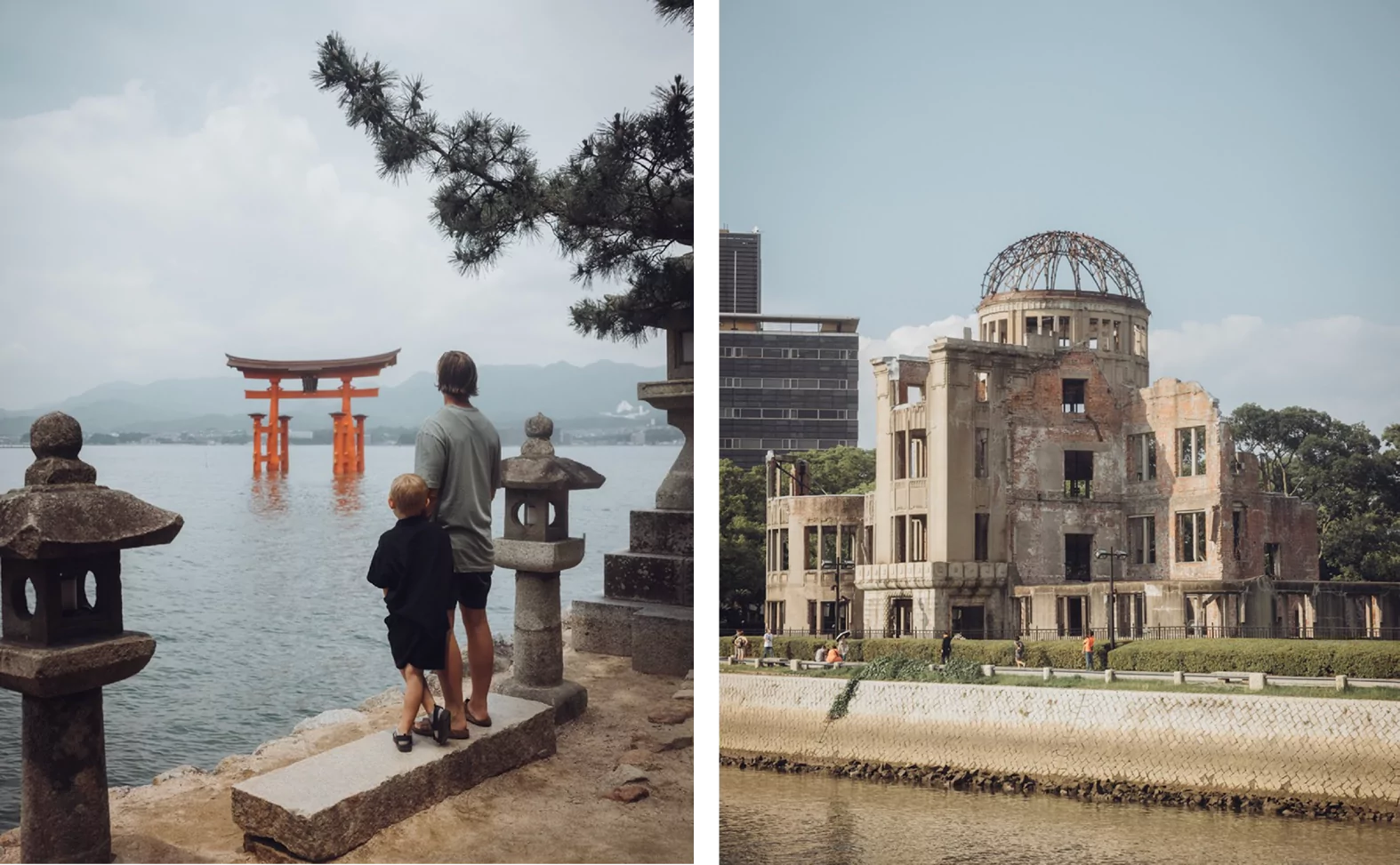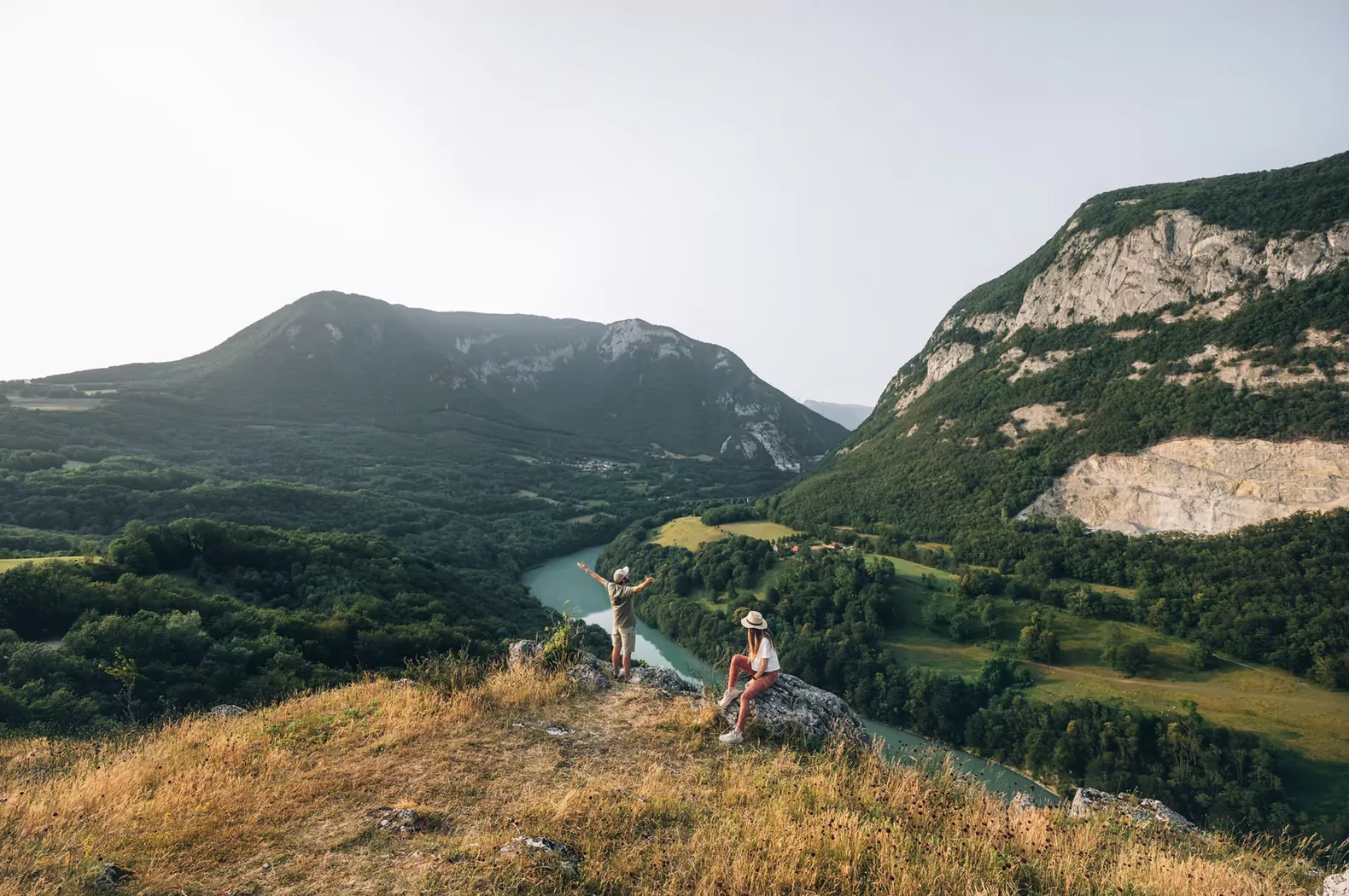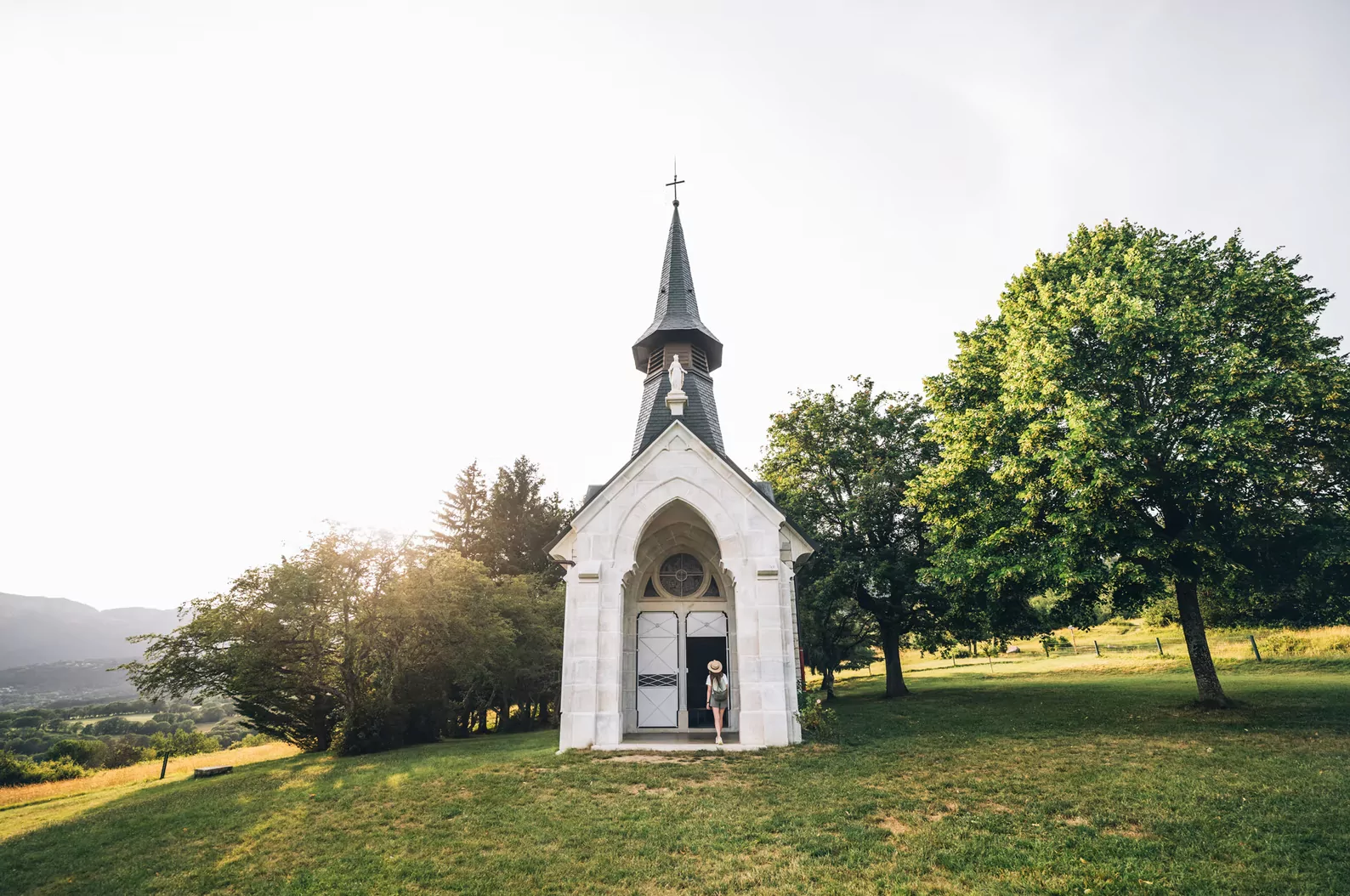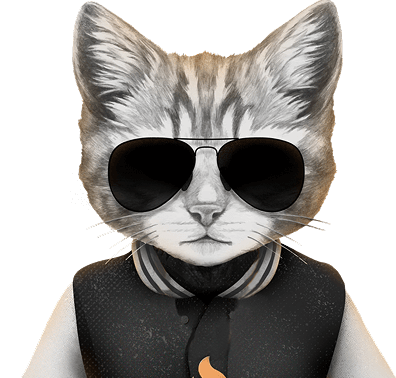
The new tourism trends driving the industry
Recent years have seen the travel industry evolve under the influence of both global events and digital innovation. Some of the most notable trends include:
Experience first travel - Travelers are seeking immersive and authentic activities over traditional sightseeing
Sustainable and slow travel - More people are choosing eco-conscious stays, low-impact transport, and longer visits to reduce their carbon footprint
Personalized journeys - Curated itineraries, often inspired by influencer recommendations, are becoming a mark of status and individuality
Pop culture tourism - Songs, movies, social content and even memes are putting unexpected locations on the map
Why influencer marketing drives results in tourism
Unlike traditional advertising, influencer content feels personal and credible. Travelers see creators as trusted voices who have experienced destinations firsthand and can share practical advice. From detailed itineraries to candid reviews and authentic local encounters, influencers spark what marketers call the “desire-to-book” moment.
Social media has also reshaped how people research their trips: today, the average traveler experiences around 400 digital touchpoints before booking, with nearly 90% happening on mobile. For younger generations, platforms like Instagram and TikTok have even become primary search tools when choosing their next destination.
Why this approach resonates:
Visual storytelling - Travel is a visual industry, and influencer platforms are designed to showcase it.
Community trust - Recommendations feel genuine because influencers build long-term relationships with their audiences.
Real-time inspiration - Formats like Stories and TikTok videos let travelers preview destinations live, fueling immediate wanderlust.
Case study highlights
Case study 1 – Japan’s hidden gems
Japan National Tourism Organization partnered with Anorak Travel to showcase lesser-known territories. The campaign generated 1,9 million impressions, 8% of engagement on in-feed posts, and a noticeable increase in search queries for the featured locations.
 Case study 2 – Sustainable travel in the French Alps
Case study 2 – Sustainable travel in the French Alps
Atout France and France Montagnes collaborated with travel influencers such as Withaxie and Bestjobers to promote train travel and slow tourism in alpine regions. The campaign led to 178 content created and 7,5K clicks.

 Case study 3 – Michelin Guide trip
Case study 3 – Michelin Guide trip
For the promotion of the new Michelin key for hotels, Anorak invited influencers from France and the USA to New-York City. The result: over 4,2 million impressions and 14K clicks to the website.
 Pop culture’s impact on travel decisions
Pop culture’s impact on travel decisions
Pop culture often acts as a catalyst for tourism. In 2025, when singer Chappell Roan mentioned Saskatchewan in a viral song, online searches and travel inquiries surged. Similarly, TikTok creator Onijah Robinson reignited interest in Pakistan through a viral meme, putting the destination back on the map. Livestream formats also play a role: creators like Mikey, known for his live walking tours of New York City, transform everyday cultural moments into travel inspiration for global audiences.
The double-edged sword of influencer-driven tourism
While influencer marketing has undeniable benefits, it also has its pitfalls:
Overtourism - Viral content can overwhelm small destinations, straining infrastructure
Inauthentic portrayals - Staged or overly curated content may create unrealistic expectations
Environmental impact - Increased visitation without sustainable planning can damage fragile ecosystems
THE WHITE LOTUS: +300% increase in travel demand for Hawaii and Sicily.
WEDNESDAY: +150% increase in searches for Romania.
EMILY IN PARIS: +200% increase in searches for Paris after season 3.
THE BEAR: +45% increase in searches for Chicago after season 1.
TED LASSO: +160% increase in searches for Richmond, London after season 2, and +320% after season 3.
SUCCESSION: +65% increase in searches for Norway after season 4.
Best practices for destinations and brands
For tourism boards and travel brands considering influencer collaborations, here are proven strategies advised by Clark Influence:
Choose the right creators - Focus on alignment in values, audience, and travel style
Prioritize long-term partnerships - Ongoing collaborations feel more authentic than one-off posts
Measure beyond likes - Track metrics like booking inquiries, time on website, or redemption of unique promo codes
Integrate sustainability - Encourage influencers to highlight eco-friendly travel choices
Leverage multi-platform storytelling - Combine Instagram, TikTok, YouTube, and blogs for a layered campaign
In a nutshell,
Influencer marketing is no longer just a social media tactic, it’s a core part of the modern travel decision-making process. By combining authentic storytelling with the latest tourism trends, destinations can inspire travelers in a way that feels personal, exciting, and attainable. However, the key lies in doing so responsibly, ensuring that both communities and the environment benefit from the influx of new visitors.












